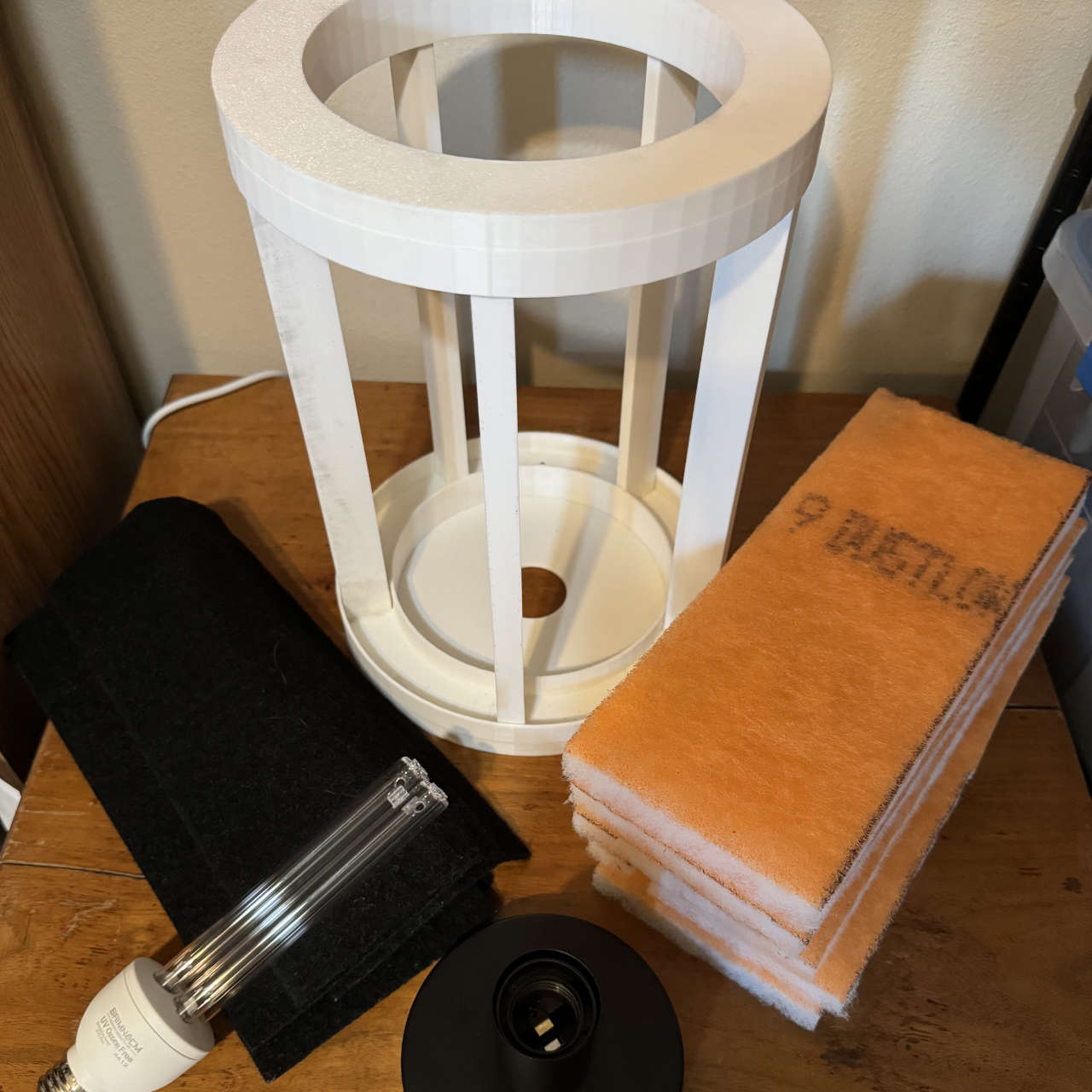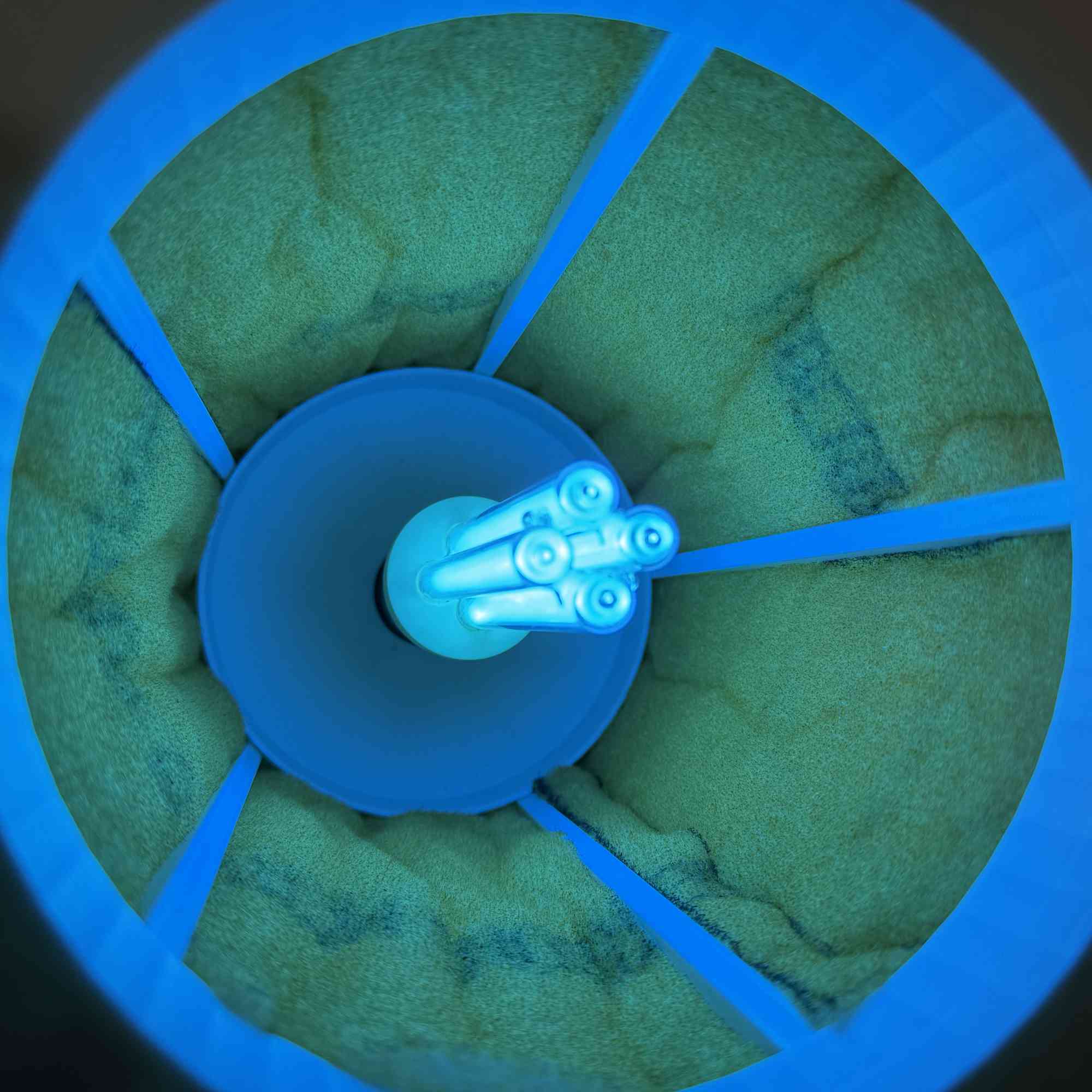About us
Our story
DIYAIR.org started as a way to share hope with people who wanted to use high tech air cleaning technology reported to be effective even against mold mycotoxins. This site was founded by someone who had limited financial means available at the time he was experiencing health problems that lab tests indicated were being caused by mold mycotoxins from his environment. Never one to accept immediate defeat, he read as much research as he could find on photo catalytic oxidation hydroxyl generation technology that had been shown effective against viruses, bacteria, and mold mycotoxins. He learned the technology was often used in hospitals and schools and was typically safer than technologies that used ozone to try to achieve the same result. The only problem was that the devices for sale were quite expensive, some even going for thousands of dollars for the smallest device.
DIY to the rescue
After reading the scientific papers and interrogating other sources of information it became apparent that to achieve the objective of treating the air to try and neutralize these problems should be entirely achievable for very reasonable prices. The cost would essentially boil down to the air moving unit, the light, and the catalyst. If these three elements could be sourced inexpensively and combined into a fully functional do-it-yourself unit then people such as himself without the means to afford expensive units could easily assemble their own from parts they buy online.
What’s the catch?
But wait — aren’t you just trying to exploit these poor hopeless mold afflicted individuals yourself and sell them a lower price unit yourself, you may ask?
Originally the DIY units were just going to be made for his own home in need of as much help as it could get. Family members showed interest in having their own units as well and so the decision was made to take the time to document the build process and necessary parts or design files. This website was started as a way to document the process of building their own PCO hydroxyl unit, called the Atmospheric Indoor Revitalizer, and the first such design was called the A.I.R.1 for easy identification and searching. This website may make a few dollars from affiliate links or people paying for the design files but it seems unlikely that it will ever make much more than it would take to pay for the website itself and development costs. We are Not selling a product! We are merely sharing a guide and the necessary design files or links to where to buy what is needed. In the future we may expand our information to relevant aspects but then and now, our focus is on helping people with a similar problem and giving them relevant helpful information.
How do we know it works?
The hardest part of this DIY design to do yourself is creating the catalyst. We may look in to creating guides in the future that may show how to do this, but right now it seemed best to make something functional based on what was already claimed to be most effective. Basically though all that is needed is a titanium dioxide coating to expose to a specific nm uv light source for the reaction to generate hydroxyls. The catalyst is more effective if it is a specific crystal type or nano structure but more research needs to be done to make working with nanoparticles safe enough to make a guide on at present. Research seems to indicate you can use easier to work worth titanium dioxide catalysts and still get a decent hydroxyl effect so we mention the filter pads that could also be purchased and coated yourself if you decide to go that route. Our guide currently does not cover the process of completely creating the most effective DIY catalyst pad but we do link to another manufacturers replacement catalyst pads that are made of the same type of filter pads we would use and they can simply be cut into the appropriate sizes and placed in the DIY unit. If a person were to use the catalyst pads from one of these already established companies along with the same type of light they should expect a similar effectiveness.
What do you guarantee?
We make no guarantees and only provide a DIY guide of information for information purposes only. We are not revealing any proprietary secret information and even the company that makes the catalyst pad kits that are ready to go for possible use is benefitting from this DIY build-your-own guide because the people who will follow this guide are primarily people who can not afford these higher cost units and yet the company will still make profits from them by selling them the replacement pad kits. Win / Win.
build something worth building




